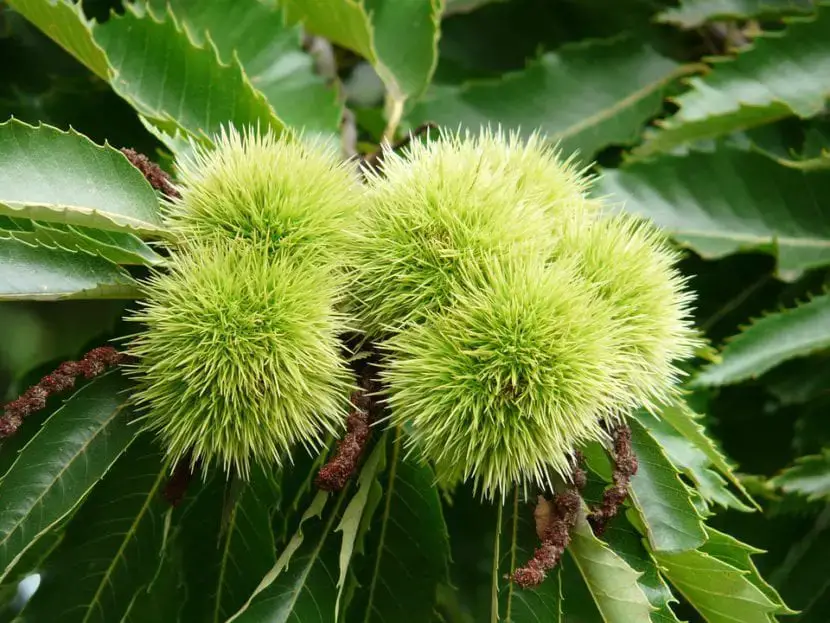

The brownwhose scientific name is castanea sativaIt is a deciduous tree that you can find in Asia Minor and in Europe, in fact, in the Iberian Peninsula, especially in the north, they grow very comfortable; although unfortunately there are many chestnut trees that have been lost due to a fungus: Phytophtora, which, fortunately, can be prevented if we eliminate the remains of leaves, branches, and flowers that fall around our tree.
Would you like to have one in your garden or orchard? Its fruits, chestnuts, are delicious, but how are they grown? Let’s see how to reproduce chestnut.


The chestnut is a tree that reproduces solely by seeds. Of course, you can try for cuttings of young wood in autumn, but it is very difficult: you have to keep the environment humid, but not too humid, since otherwise the fungi could proliferate and spoil it; In addition, the soil must have very good drainage, so if you dare, I recommend using vermiculite or similar substrates.
Thus, the most effective method is by seeds. Chestnuts ripen in autumn, but to germinate they have to be a bit cold. Bearing this in mind, if we live in an area where frosts and / or snowfall occur, we can sow them directly in pots with universal cultivation substrate, but if not, we will have to stratify them in the fridge for 3 monthsputting them in a tupperware with vermiculite slightly moistened with water.


So that problems do not arise, it is very important that we treat them with fungicide, regardless of whether we sow them in pots or whether we stratify them. The seeds need the substrate to be at least slightly damp in order to sprout, the same as fungi. Thus, we will sprinkle with sulfur or copper, or we will treat them with systemic fungicides for sale in nurseries. In this way, the chestnuts will be able to germinate without problems.
Do you dare to have your own chestnut tree?

